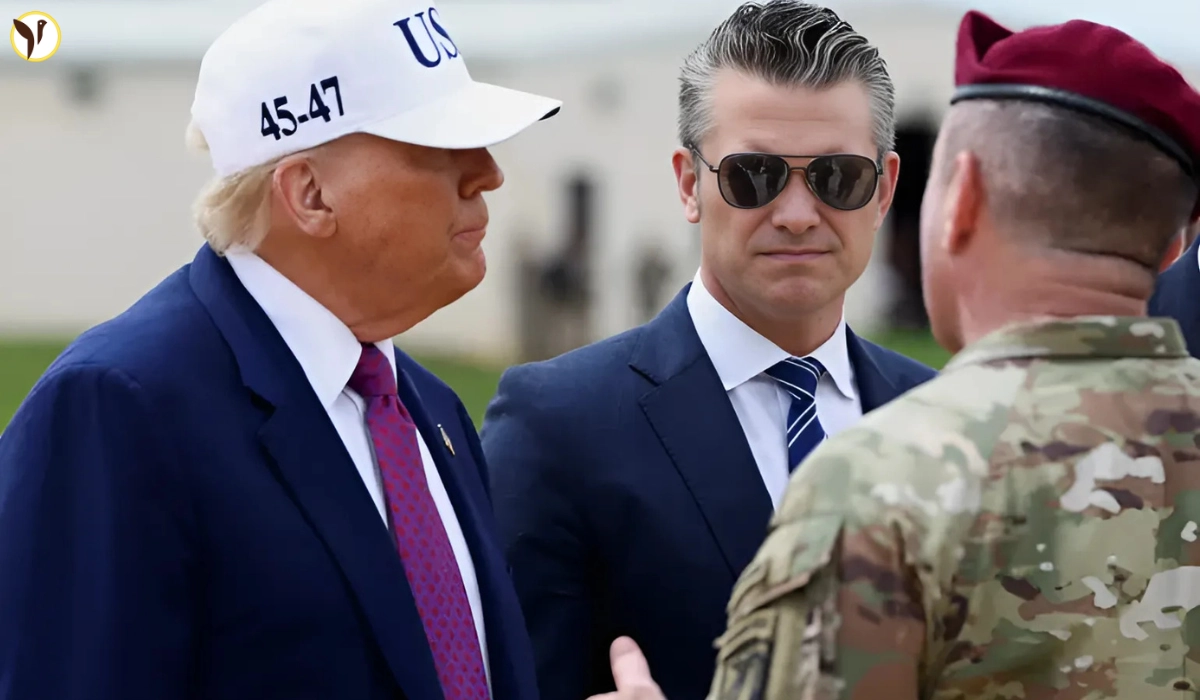The United States government has ordered a partial evacuation of its embassy in Baghdad, Iraq, and consulate in Erbil, citing security concerns. This decision affects non-essential staff and their families, while essential diplomatic operations continue. The move comes amid growing tensions between the US and Iran, particularly around Iran's nuclear program and regional activity. According to officials, the decision was made as a “precautionary measure” due to increased threats in the area. While the full nature of the threat wasn’t disclosed, it appears to be connected to the broader risk of conflict in the region.
The evacuation does not mean the embassy is shutting down. Core diplomatic functions will remain in place. But by reducing the number of personnel, the US aims to minimize potential casualties or complications if the situation escalates. Embassies are often early indicators of shifting security policies, and this move is seen as a strong signal of growing concern in Washington about Middle East instability.
Why the US Is Taking This Step Now
The partial evacuation follows rising tensions between the US and Iran. Over the past few weeks, Iran has stepped up its nuclear activities, while the US and Israel have hinted at possible responses. At the same time, there has been increased chatter about threats to American assets in the region, including diplomatic sites. The US State Department has not confirmed any specific attack plans, but officials say they are acting on intelligence that suggests a heightened risk.
The US has also authorized voluntary departures from other Middle Eastern locations, including Kuwait and Bahrain. This reflects broader caution as uncertainty builds. Officials have stressed that these measures are about protection, not panic. Still, they have acknowledged that tensions in the region have reached a level where diplomatic staff must be given the option to leave non-critical posts. The safety of personnel, they emphasize, remains a top priority.
Ongoing Operations Continue in the Region
Even though some embassy staff are leaving, the US presence in the Middle East remains strong. Military bases in Iraq, Kuwait, Qatar, and the UAE are still fully operational. The embassy in Baghdad continues to function with a core team. Diplomats are still working with local partners and allies to monitor developments, and critical services such as visa processing and consular assistance are expected to continue with minor delays.
This partial withdrawal does not signal a major shift in US policy. Instead, it reflects a temporary adjustment due to risk levels. In the past, similar actions have been taken during periods of unrest or when credible threats were detected. The US has also stated that it will reevaluate the situation regularly and could allow staff to return once it is safe. This approach is meant to be flexible, prioritizing safety while maintaining diplomatic engagement.
Iran Tensions Driving Regional Instability
The root of the current concern lies in the standoff over Iran’s nuclear program. Talks aimed at restoring the 2015 nuclear agreement have stalled, and both Iran and Western powers have increased pressure. Iran has warned that any Israeli or US strikes on its nuclear facilities would trigger widespread retaliation. This includes possible actions through proxy groups in Iraq, Syria, and Lebanon.
Analysts believe this kind of environment makes embassies in the region more vulnerable. In the past, US diplomatic missions have been targeted during periods of heightened tension, and the current climate appears to echo those moments. The US government is trying to prevent a repeat by acting early. Other countries may follow suit and issue similar warnings to their embassies in Iraq and surrounding regions.
Oil Prices and Trade Routes Affected
The news of the evacuation had immediate effects beyond politics. Global oil prices saw a modest rise due to fears of potential disruption in the Gulf. This is a common reaction when there’s instability in the region, especially near the Strait of Hormuz, a major oil shipping route. The UK Maritime Trade Operations agency also issued alerts to vessels in the area, urging heightened awareness due to increased risk.
Although no direct attacks have been reported, the warnings show how military and diplomatic tensions can spill into the economy and trade. Shipping companies and investors are closely watching developments. Any further instability could drive prices higher or impact the flow of goods through key routes in the Middle East. The region’s interconnectedness means that even small shifts in security posture can lead to global effects.
What Comes Next?
The immediate next step is whether the US government will escalate its evacuation orders or if the situation stabilizes. For now, the State Department says it will continue to monitor intelligence and make adjustments based on new information. It’s possible that more staff could return home if threats increase—or that normal staffing could resume if tensions ease.
Observers are also watching for diplomatic movement. Reports suggest that behind-the-scenes talks may be taking place, possibly in Oman, to prevent further escalation between the US and Iran. Whether these will succeed remains uncertain. In the meantime, the embassy’s reduced staffing is expected to last at least several weeks, depending on security assessments. US citizens in Iraq are also being urged to remain cautious and follow embassy guidance.
Image Source: Aljazeera









